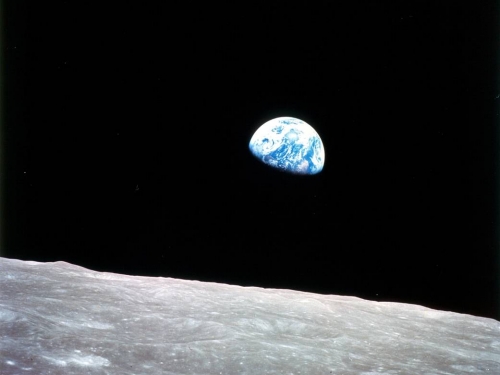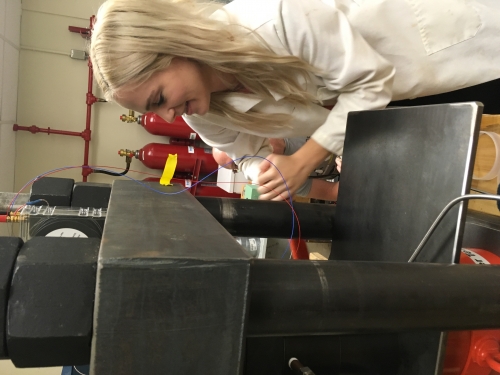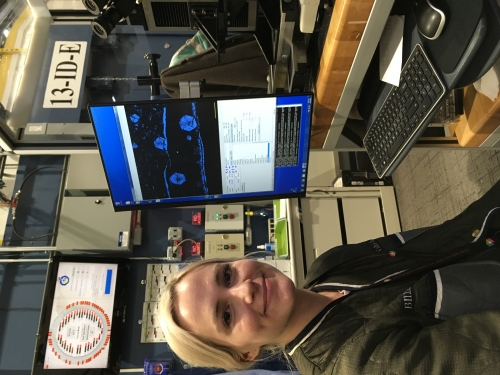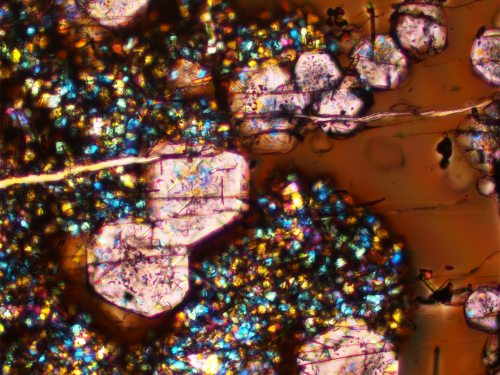Elizabeth Cottrell, research geologist and curator of rocks at the Smithsonian’s National Museum of Natural History, loads an experiment in her lab at the museum.
A study, published today in Science, uses laboratory experiments to show that the iron-depleted, oxidized chemistry typical of Earth’s continental crust likely did not come from crystallization of the mineral garnet, as a popular explanation proposed in 2018. The iron-poor composition of the continental crust is a major reason why vast portions of the Earth’s surface stand above sea level as dry land, making terrestrial life possible today.
In 2018, Cottrell and her colleagues set about finding a way to test whether the crystallization of garnet deep beneath arc volcanoes—found at subduction zones where an oceanic plate dives beneath a continental plate—is indeed essential to the process of creating continental crust as is understood. To accomplish this, the research team had to find ways to replicate the intense heat and pressure of the Earth’s crust in the lab, and then develop techniques sensitive enough to measure not just how much iron was present, but to differentiate whether that iron was oxidized.
To recreate the massive pressure and heat found beneath continental arc volcanoes, the team used what are called piston-cylinder presses in the museum’s High-Pressure Laboratory and at Cornell University. A hydraulic piston-cylinder press is about the size of a mini fridge and is mostly made of incredibly thick and strong steel and tungsten carbide. Force applied by a large hydraulic ram results in very high pressures on tiny rock samples, about a cubic millimeter in size. The assembly consists of electrical and thermal insulators surrounding the rock sample, as well as a cylindrical furnace. The combination of the piston-cylinder press and heating assembly allows for experiments that can attain the very high pressures and temperatures found under volcanoes.






